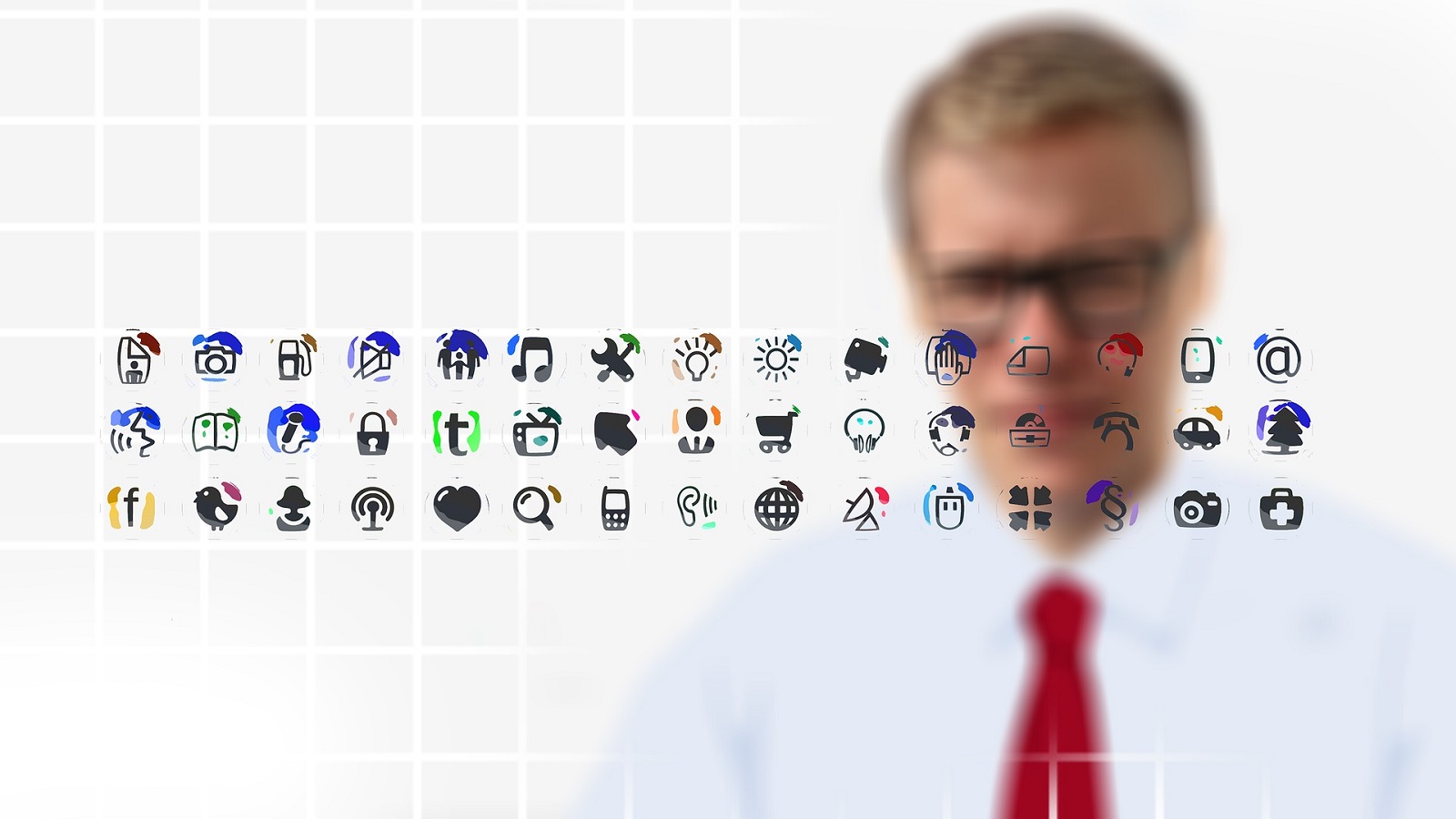Big AI power in a small package! Microsoft launches Phi-3, its new streamlined AI model. Efficiency meets performance.
AI models keep getting bigger, smarter, and… hungrier for computing power. But Microsoft is flipping that trend on its head with the latest version of their Phi-3 AI model. Think of Phi-3 Mini as the lightweight champion of the AI world – packing a serious punch despite its streamlined size.
This isn’t just a minor update. Microsoft is launching a whole lineup, with Phi-3 Mini just the opening act. Bigger versions (Phi-3 Small and Medium) are on the way, promising a balance of AI power and efficiency. Why does this matter?

Well, smaller AI models aren’t just cute – they’re often cheaper to operate and can even run smoothly on your smartphone or laptop.
What is Phi-3?
Let’s cut to the chase: Phi-3 is a family of AI models designed to be smaller and more efficient than the behemoths we’re used to seeing. Microsoft isn’t sacrificing performance entirely – Phi-3 Mini is surprisingly capable for its size.
It’s a family of models focused on efficiency, proving that AI power doesn’t always need massive amounts of computing resources.
Here’s what makes it different:
- It’s All About the Parameters: AI models are measured in “parameters,” which basically dictate how many instructions they understand. Phi-3 Mini weighs in at a respectable 3.8 billion parameters. Smaller than the giants, but still plenty capable.
- Smaller, but Smarter: Microsoft didn’t skimp on the training. They used a specialized “curriculum” to teach Phi-3, focusing it on specific tasks to maximize its performance within its smaller size.

Why Phi-3 Matters (Key Advantages)
Phi-3 isn’t just about downsizing AI for the sake of it. This approach has some serious real-world advantages:
- Budget-Friendly AI: Smaller models demand less computing power. That translates to lower costs for businesses wanting to use AI without breaking the bank on massive servers.
- AI on the Go: Phi-3’s smaller footprint means it could eventually run smoothly on devices like smartphones and laptops. Imagine improved voice assistants or AI-powered features that don’t need to rely on the cloud.
- Solving Problems, Not Setting Records: Microsoft built Phi-3 for practicality. It’s focused on solving specific problems efficiently, not chasing theoretical AI benchmarks.
Phi-3 could open the doors of AI to a wider range of use cases.
We’re talking about improved AI for smaller businesses, enhanced smart devices, and even resource-strapped scenarios (think remote locations or areas with limited internet).
Microsoft launches Phi-3’s Potential Applications
Okay, let’s get a bit speculative (but grounded in the advantages we’ve discussed!). Here’s where Phi-3 models could make a difference:
- Smarter Personal Devices: Imagine your phone handling more complex tasks completely offline. Better voice assistants, improved photo editing features powered by AI – all without needing to constantly upload data to the cloud.
- The Rise of the Smart…Everything: Phi-3’s efficiency could lead to smarter appliances, wearables, even smart home tech with enhanced AI capabilities that function independently.
- AI for the Underserved: Places with limited internet or unreliable power grids could benefit from AI solutions that run on low-powered devices thanks to models like Phi-3. Think of applications in agriculture, remote healthcare, or monitoring critical infrastructure.
Important Note: These are potential applications. The real-world impact of Phi-3 will depend on developers finding clever ways to utilize its strengths.
The Tradeoffs
It’s important to be upfront: Phi-3 won’t replace the most advanced AI models out there. Those giants like GPT-4 still reign supreme when it comes to sheer knowledge and the ability to generate incredibly human-like text. Microsoft’s approach with Phi-3 is a calculated tradeoff, prioritizing efficiency over raw power.
This means there will likely be scenarios where Phi-3 doesn’t quite match the capabilities of its larger cousins. Imagine asking extremely complex research questions or trying to have a wide-ranging philosophical debate with it – that might be a stretch. However, for more focused tasks or when resources are a concern, Phi-3 could be a far better fit.
The potential of Phi-3 lies in its potential to democratize AI. It’s a sign that powerful AI solutions don’t always need to be tied to massive data centers. There’s exciting potential in what developers might achieve within these constraints.
What We Still Need to Know
Microsoft has been understandably excited about Phi-3, but there’s still a lot we don’t know. Key questions remain about how it stacks up against other AI models in real-world situations.
Can Phi-3 truly deliver the accuracy and flexibility of larger models in specific tasks? What innovative techniques did Microsoft use to shrink its AI while retaining performance?
Additionally, we need details on accessibility. When will developers be able to experiment with Phi-3 and create those potential applications we discussed?
Understanding its limitations and strengths through hands-on use will be crucial to seeing if Phi-3 truly lives up to the hype.
In summary
Phi-3 might be small, but it signals a potentially big shift in how AI is developed. By focusing on efficiency alongside performance, Microsoft could be opening the door to a wider and smarter use of AI across various industries.
Whether it powers the next generation of smart devices or brings AI solutions to previously underserved areas, Phi-3 is a reminder that sometimes smaller truly is better.
It may be too early to declare Phi-3 a revolution, but it’s a sign of exciting things to come. The future of AI might not just be about raw power, but about finding the right balance for the task at hand.



